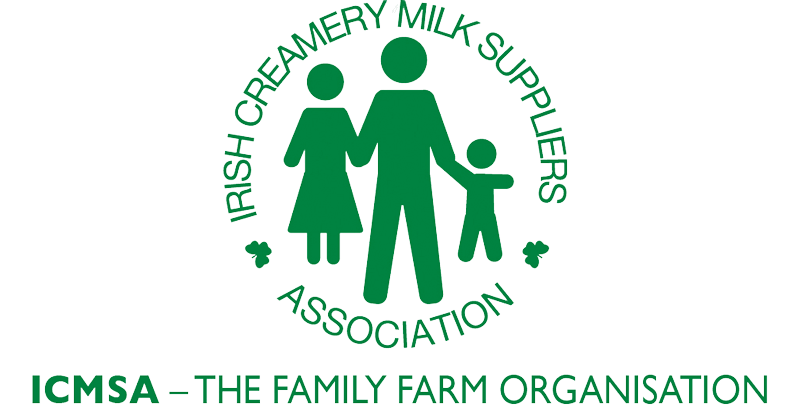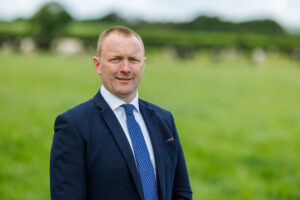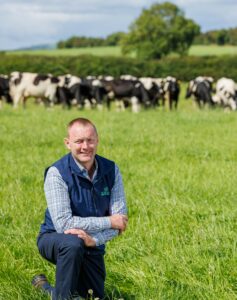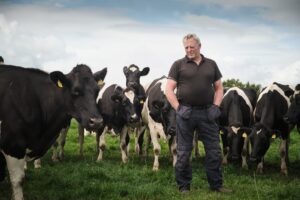
Livestock
Livestock
Poorer cattle performance at grass in summer 2023 has resulted in many cattle taking longer to finish than anticipated. The poorer performance has been a reflection in lower carcase weights with an average steer carcase weight in September 2023 of 354kg, back 5kg on September 2022 weights. Lower carcase weights have been a characteristic of the beef trade for much of 2023 with average steer carcase weight for the year to date back 4kg to 347kg and the average heifer carcase weight back 2kg to 311kg.
During the first nine months of 2023 there have been just over 1.3 million head of cattle processed. This is a decrease of just under 50,000 head on the same period last year. Higher levels of live cattle exports in 2021 and 2022 have been a key contributor to this trend with lower levels of prime cattle (steers, heifers and young bulls) available on farm in the early part of the year. The prime kill during 2023 to date is operating 45,000 head lower than 2022.
The cow kill started the year strongly before tailing off in the summer months. There has however been a week-on-week increase in cow throughput during September 2023, which has put the year-to-date figures just 2% behind a very strong 2022 cow kill. Supply forecasts to the year-end suggest that overall throughput for 2023 is likely to show a decline of around 30,000 head on last year.
Finished cattle prices at Irish meat plants have stabilised after several weeks of recovery with R3 steers averaging €4.66/kg (ex. VAT) for the week ending 1 October 2023, a slight decrease from €4.68/kg during the corresponding week in 2022.
There was a particularly firm live export trade in 2023 with more than 320,000 cattle exported, according to live exports from Bord Bia.

-
For the latest beef prices please see Bord Bia weekly factory beef prices
-
For the latest beef throughput please see Bord Bia weekly factory throughput
-
For the latest live exports please see Bord Bia Live Export Statistics
Our Role
ICMSA are dedicated to implementing polices that improve income to dairy, beef and sheep farmers through CAP , market returns (QPS Grid), market specifications and unfair trading practices. The ICMSA lobby on behalf of dairy and livestock farmers at EU, local and national level.
Budget for 2024:
- The minister has committed to a payment of €200/suckler cow for 2023 and 2024.
- €20m in funding has been allocated for a new suckler cow scheme to run alongside the SCEP in 2024.
- €6.5m in funding has been allocated for a new dairy beef scheme for 2024.
- ICMSA continue to have on-going contact with DAFM, Bord Bia, and ICBF regarding suckler schemes and rights.
Through this we have formulated our objectives for the Beef Grid as follows:
Beef Grid Objectives
1. All animals from quality assured farms should receive the quality assurance bonus.
2. The beef grid needs to be simplified to 25-30 grades. Agents and farmers alike should be able to confidently and accurately grade animals in the field prior to slaughter.
3. The base price should be moved from R3 to O3=.
4. Penalties on fat score should not apply on cattle graded 4+ or less.
5. Carcasses are graded twice – the best grade should be used when determining price
6. Live weight immediately prior to slaughter should be measured. This is useful for farmers but also has the potential to be valuable data for beef breeding.
7. The carcass should be still when image is taken. Swaying carcasses are likely to give misleading grades.
8. Images for every carcass slaughter should be readily available to the seller. An independent appeals committee should be set up to settle claims where sellers are unhappy with price received.
9. There should be no penalties on price received based on breed.
10. A review of prices paid based on conformation is needed to reflect market preferences.
11. The cull cow is a valuable carcass not a by product. Her true value must be reflected in the price the farmer receives.
Latest Headlines
- Sections
Contact Us
Telephone
+353 (0)61 314677





